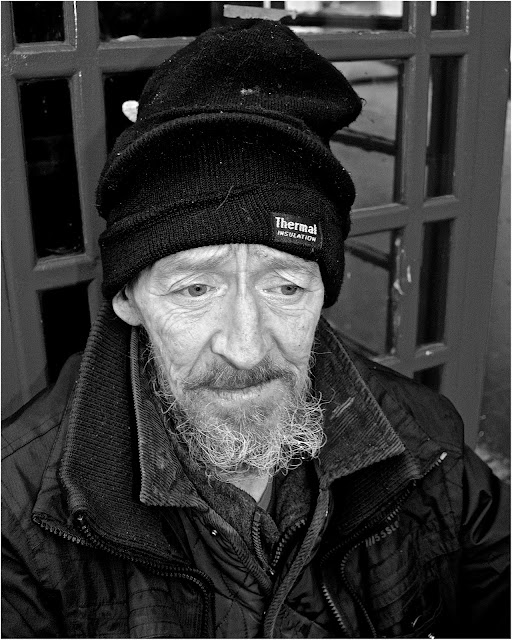“It is good to have an end to journey toward; but it is the journey that matters, in the end.” ― Ernest Hemingway
The above quote from the famous 20th century novelist, Ernest Hemingway seems to aptly sum up my photographic journey with SQA Higher Photography.
My literal journey covered over 1,500 miles of travel to and from Skye
to Glasgow and Edinburgh on four different occasions, allowing me to have five different photo shoot experiences on the city streets of Edinburgh and Glasgow for my final SQA project. The learning journey, I guess, can not be quantified when I think in terms of research, of exploration of techniques and skills and most of all in terms of sociology.
 |
| Sunrise view from my home in Skye - far from away from the city streets |
In between my photography travels, I was actively engaged in the development and production of test images and in making justified creative decisions about the presentation of my final photographs.
 |
| Pan flute player in Glasgow city centre |
My research into street photography impacted on my own practice; I experimented, refined and developed skills in Adobe Photoshop Elements and then reviewed the variety of ideas, so as to present my final set of twelve images in the theme of
"Urban Portraiture on Scotland's City Streets".
"Urban Portraiture on Scotland's City Streets".
 |
| The Muralist in the Tron Kirk, Edinburgh |
 |
| B&W worked best for my portraits |
In addition to submitting twelve A4 portrait style images in monochrome, each mounted on to A3 card (yes, cutting out mounts from card was another learning experience!), my A3 portfolio book records my decisions and evaluates the final outcomes.
So during this period I did not have much time for blogging, but I guess my photographic journey never ends as I still have a lot to learn, so indeed I may be adding further posts to this blog in the future. What I did find satisfying was my engagement, through taking street portraits, with people from differing backgrounds and finding a connection with them.
So during this period I did not have much time for blogging, but I guess my photographic journey never ends as I still have a lot to learn, so indeed I may be adding further posts to this blog in the future. What I did find satisfying was my engagement, through taking street portraits, with people from differing backgrounds and finding a connection with them.
 |
| Getting his story from the Kurdish waiter |
 |
| Edinburgh sweet shop |
When I reflect on my decision to opt for the more challenging genre of street photography rather than landscape for example, which was readily available to me on Skye, I do not regret the challenges but rather more consider the added value that I found in the power of photography by seeing the link between people and their surroundings. Notwithstanding the fact that street photography is a powerful art form, I felt that my involvement as the photographer, with humanity at all levels of daily life on the street, gave me another window on the world.
Indeed, my photographic journey has only just begun .......







































